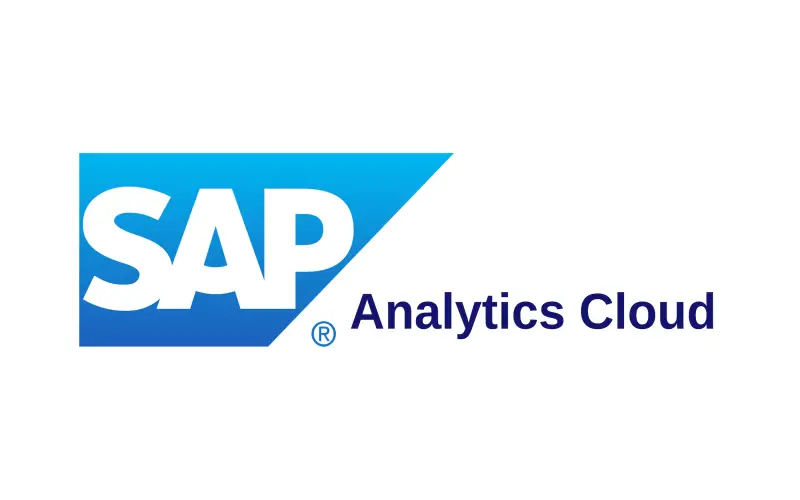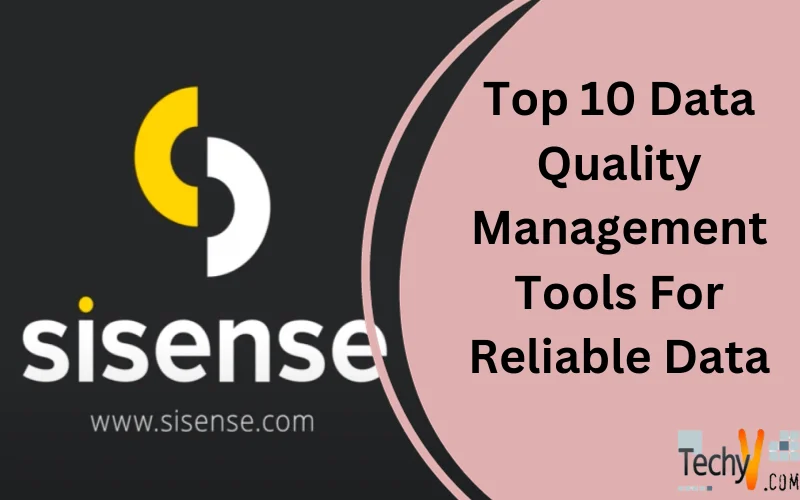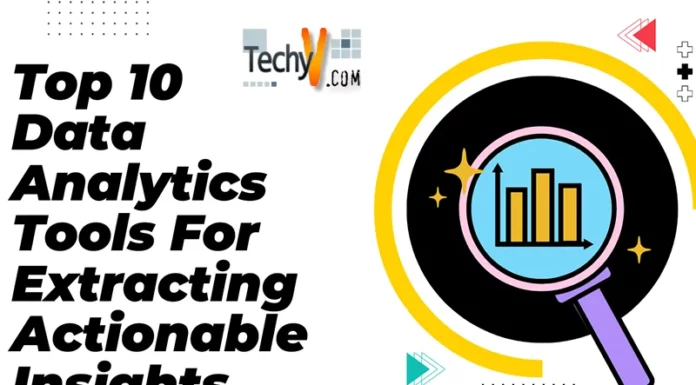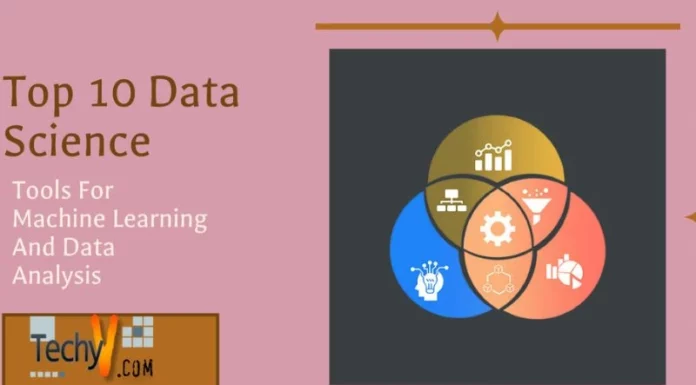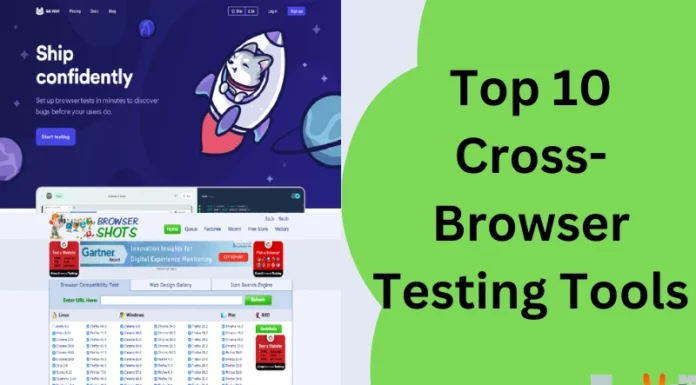As the fuel that powers data-driven decision-making, high-quality data is an invaluable asset for modern enterprises. However, with data volumes growing at an exponential pace across systems and silos, organizations struggle to maintain data health. Flawed data ripples across operational efficiency, revenue leakage, compliance risks, and customer experiences. Investing in robust data management platforms provides a strategic foundation for improving data quality. I explore the top 10 data quality tools available based on critical features like data discovery, profiling, validation, and enrichment. While the tools share common capabilities like AI-powered pattern recognition, smart data standardization, customizable dashboards, and scheduling, they differ significantly in terms of licensing, scalability, level of governance, and automation. DBAs and data stewards also need training to leverage inbuilt functions for filling missing values, flagging outliers, or concatenating columns using these platforms.
1. Microsoft Power BI
Among self-service business intelligence tools, Microsoft Power BI leads in usability with its intuitive graphical interface. It provides easy modeling of relationships across data entities that accelerates analytics. Users can connect 300+ data sources, transform information, and create interactive reports for sharing insights. Power BI offers basic profiling capabilities to assess data accuracy, completeness, and uniqueness at the column level. The tool can also detect stale datasets based on metadata. Although Power BI lacks more advanced data quality functions, it suits growing SMBs aiming to democratize analytics use.

2. Tableau
Tableau makes actionable insights easy by transforming complex data into immersive visualizations. It offers a range of statistical charts to analyze column-level data consistency, completeness, and accuracy. Users can seamlessly switch between views to fix data issues detected at the row level across millions of records. The tool captures end-to-end data lineage between sources, transformations, and output files used in analysis/reporting. Tableau also lets administrators track historical versions of datasets. Considering its enterprise-grade scalability, Tableau suits established businesses aiming to govern analytics use.

3. Qlik Sense
Qlik Sense enables associative exploration of data meaning users can reveal previously unseen connections as part of analysis. It consolidates data from multiple sources providing a unified view for reporting. Qlik Sense offers built-in functions through its data load editor for addressing data quality – like standardizing non-consistent values or handling null measures. Users can also leverage external data quality scripts developed by Qlik’s global community. Considering its smart analytics features augmented by intuitive data preparation capabilities, Qlik Sense warrants evaluation.
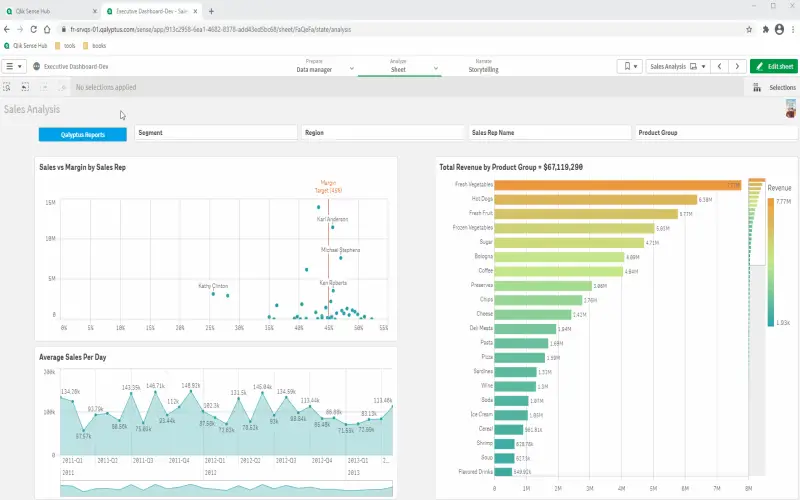
4. Looker
As a unified analytics platform, Looker ingests data at scale, models information, applies transformations and delivers reports. It provides reusable data blocks that embed data definitions and business logic accelerating development. Looker captures end-to-end data lineage across the full development lifecycle – from modeling to consumption. Data administrators can codify data quality rules like uniqueness, data types, mandatory values, and validations through LookML improving governance. Looker also offers data quality dashboards with statistical visualizations of anomalies at scale considered its suitability for large enterprises.
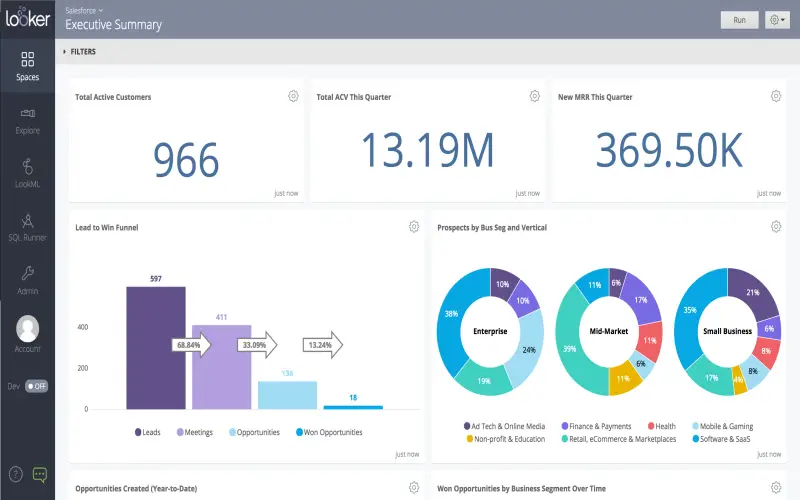
5. Klipfolio
Klipfolio equips growing businesses to connect data and create interactive dashboards for data-driven decision-making. It features an intuitive interface to model metrics across disparate sources and derive insights. Klipfolio provides integrated quality functions like pattern recognition, standardization, and deduplication while transforming data. It also enables data lineage documentation which is key for compliance. Klipfolio suits SMBs looking to scale the use of analytics through customizable dashboards accelerated by automated, reliable data flows in the backend.
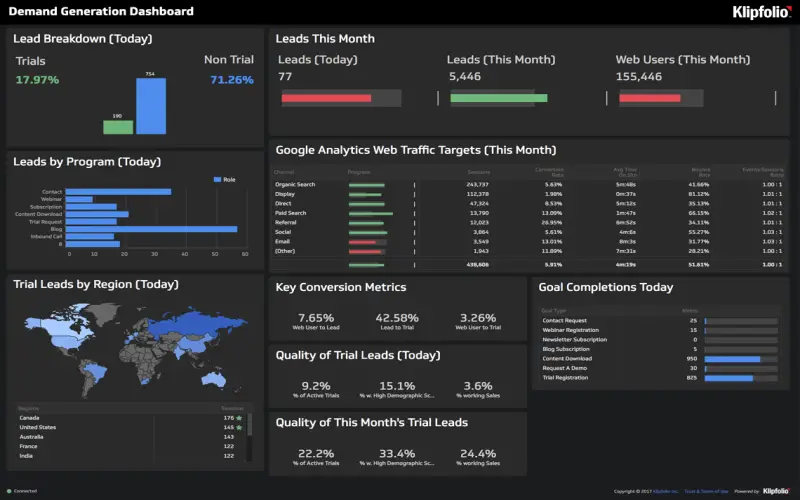
6. Zoho Analytics
Zoho Analytics makes intuitive data preparation and reporting affordable to SMBs through its user-friendly interface. It offers guided support for connecting data sources, shaping information, and building reports. Zoho provides basic quality features like handling missing values, data validation checks, and standardization during data manipulation stages. Users can also schedule periodic reports for monitoring anomalies over time. By balancing governance, scale, and usability at a reasonable price point, Zoho suits growing SMBs aiming to make analytics adoption pervasive.
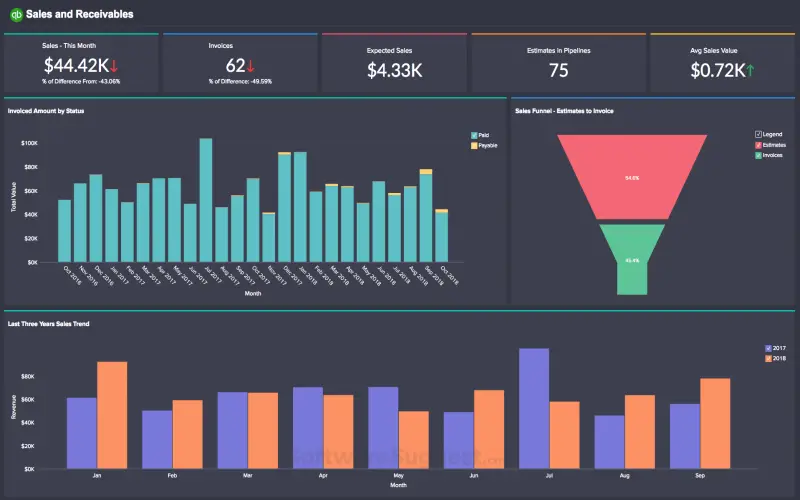
7. Domo
Domo minimizes enterprise data chaos through extensive prebuilt connections that unify information across systems. It offers multi-step transformation recipes to sequentially handle data extraction, modification, and loading needs. Domo’s machine learning algorithms can automatically recommend relationships across entities that users can leverage while modeling data. It also provides general quality functions – like append, merge, trim, or type conversions alongside more advanced reconciliation capabilities. Domo enables tracking granular historical changes made to reporting datasets that suit the audibility needs of large regulated enterprises.

8. Sisense
Sisense simplifies complex data environments by providing an intuitive, graphical interface to handle relationships, transformations, and reporting across diverse sources. It utilizes AI to suggest links between entities, columns, and tables to accelerate dashboard building. Sisense offers statistical routines within its transformation steps to automatically handle anomalies – like missing values or data mismatches between sources. Users can also customize Python scripts for a variety of quality checks to embed within data flows. By enabling nuanced data manipulation capabilities, Sisense warrants shortlisting by data engineering teams.
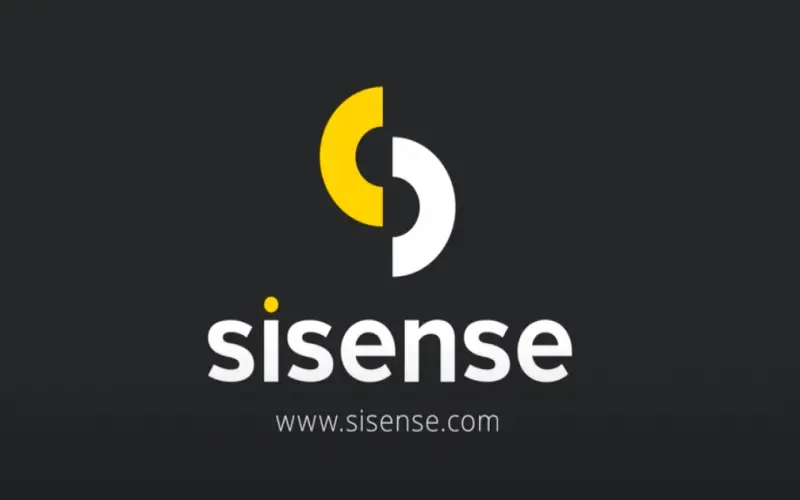
9. Google Analytics
As a free website analytics tool, Google Analytics remains widely popular for digital marketing use cases across SMBs and enterprises alike. It offers automated tracking of granular user interactions on-site and mobile applications through event triggers, tags, and custom variables. Google Analytics provides intuitive reports summarizing conversion funnels, visitor segments, acquisition channels, and other critical business metrics. Users can also leverage smart data quality functions like statistically derived goal benchmarks, anomaly alerts for traffic deviations, email extracts, custom calculations, filters, and segments that lend to its versatility across industry applications.

10. SAP Analytics Cloud
SAP Analytics Cloud centralizes enterprise data infrastructure and makes sense of information chaos providing extensive capabilities for modeling, preparation, analysis, and planning. Users can leverage built-in functions for data standardization, deduplication, pattern recognition, and relationship detection while transforming data sourced from across systems. Macro recording helps create reusable data quality monitoring workflows. SAP Analytics Cloud also enables nuanced monitoring of digital experiences and campaign performance through its CX module integration expanding its go-to-market use cases across industries for large enterprises.
